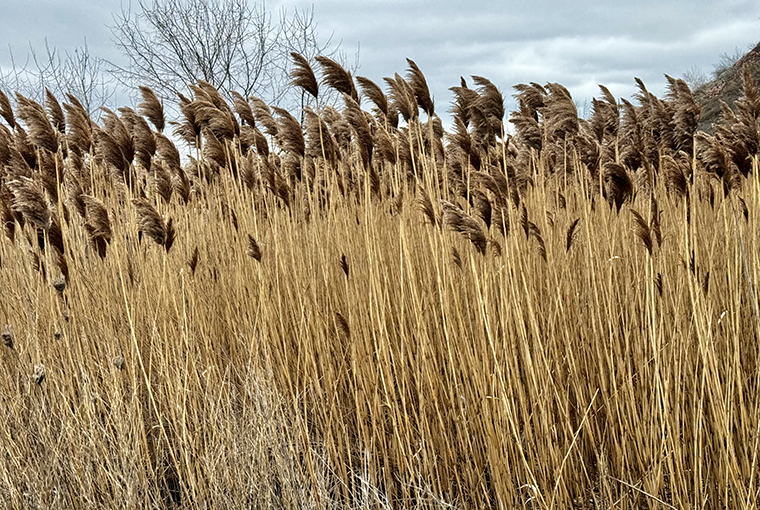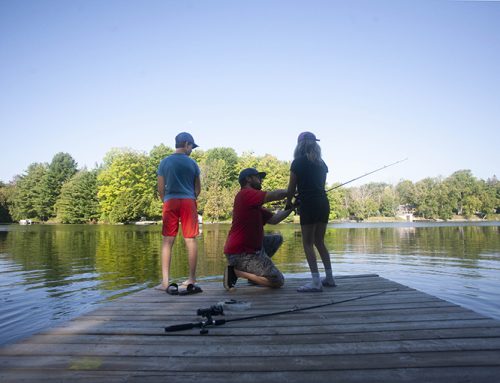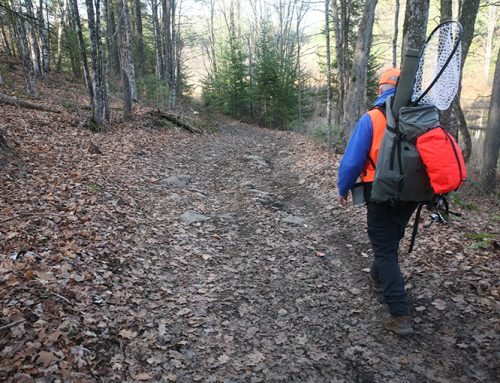
The province is investing $16 million over three years to help protect the economy and environment from invasive species.
The funding, which will be administered by the Invasive Species Centre (ISC) and Nature Conservancy of Canada, will aid efforts to stop invasives from establishing or spreading, the Ministry of Natural Resources and Forestry (MNRF) announced on Thursday, June 20.
The investment will support a provincial plan to fight the invasive plant phragmites, also known as European common reed. The Invasive Species Action Fund, meanwhile, will provide grants to manage other harmful invaders to municipalities, conservation authorities, and Indigenous communities.
“Invasive species are one of the main threats to biodiversity in Ontario and they also have a negative impact on our economy,” MNRF Minister Graydon Smith stated during the announcement in Newmarket. “This investment is the latest step our government is taking to protect Ontario’s critical industries as well as our natural environment to ensure we can continue to enjoy the natural beauty in our province.”
OFAH thrilled
The Ontario Federation of Anglers and Hunters (OFAH), which works closely with the ISC, helped develop the phragmites plan and will help implement it. The OFAH is also supporting a phragmites removal project this year via its Community Conservation Fund.
“The OFAH is thrilled about the province’s plan to invest $16 million towards protecting the environment and economy from invasive species,” OFAH Executive Director Angelo Lombardo, who attended the announcement, said. “For more than 30 years, the OFAH has delivered the Invading Species Awareness Program through a partnership with the province and our program, and others like it, will benefit from this investment as we collectively work towards protecting Ontario’s resources today, and for future generations.”
Toll of invasives high
In 2019, the ISC estimated that the potential impacts of invasive species to agricultural, fisheries, forestry, health care, tourism and the recreation industry may be as high as $3.6 billion per year in Ontario.
The province has the highest number of invasive species in Canada, the province stated. Once established, they can harm the natural environment and are extremely difficult and costly to control or eradicate.
On January 1, Ontario recently added 10 new non-native species and four genera (groups of species) under the Invasive Species Act of 2015. The law, which provides legislative tools to prohibit and restrict certain invasives, now lists 42 species, four groups, one family and two carriers.
The province is also renewing the Ontario Invasive Species Strategic Plan.






Leave A Comment